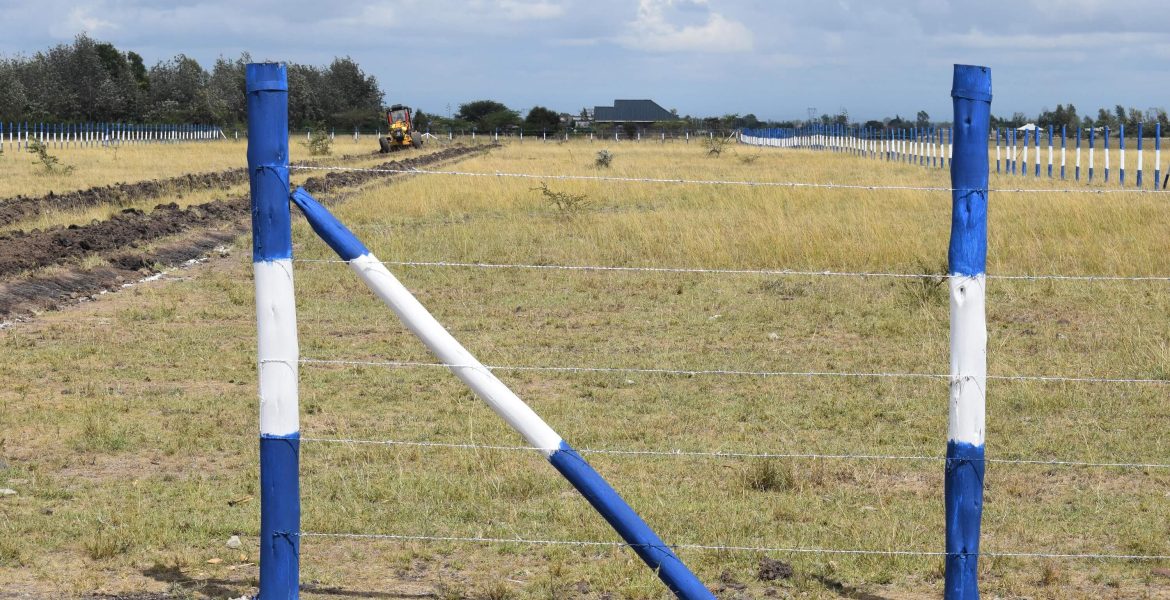Steps to Develop Your Land: From Purchase to Construction In Kenya
Embarking on a land development project in Kenya can be an exciting and fulfilling venture, whether you’re looking to build your ideal home, start an agricultural business, or invest in a commercial property. To help you navigate this process smoothly, here is a comprehensive and welcoming guide on the steps to develop your land from purchase to construction. Let’s get started!
1. Start With Thorough Research
Before buying land, it’s crucial to gather all relevant information about the area:
Location: Look for a plot close to essential amenities such as schools, hospitals, and markets.
Infrastructure: Check for good roads, reliable electricity, and water supply in the area.
Future Developments: Consider any upcoming projects or developments that could increase the value of your land.
2. Confirm Land Ownership And Title Deed
Ensuring the land has a legitimate title deed is essential. Here’s how to verify ownership:
Land Registry Search: Visit the Ministry of Lands and Physical Planning to confirm ownership details and check for any legal issues.
Survey Maps: Ensure that the land boundaries match the descriptions in the title deed.
3. Engage Professionals For Due Diligence
Hiring professionals for due diligence can save you from potential problems later on:
Property Lawyer in Kenya: A property lawyer can review contracts, verify the legal status of the land, and manage the transfer process.
Registered Surveyor in Kenya: A registered surveyor can confirm the boundaries and provide a detailed survey plan.
4. Obtain Necessary Permits And Approvals
To ensure your project complies with local regulations, you’ll need several permits and approvals:
Environmental Impact Assessment (EIA) in Kenya: Conducted by the National Environment Management Authority (NEMA) to evaluate potential environmental impacts.
Zoning Permits in Kenya: Check with the local county government to ensure your project complies with zoning regulations.
Building Permits in Kenya: Obtain these from the county government to confirm your construction plans meet local building codes.
5. Design And Planning
Collaborate with architects and engineers to create detailed plans:
Architectural Design: Develop comprehensive architectural plans outlining your building’s layout and design.
Structural Engineering: Ensure your designs are structurally sound with the help of an engineer.
Utility Planning: Plan for essential utilities like water, electricity, and waste management.
6. Hiring Contractors And Suppliers
Selecting the right contractors and suppliers is crucial for a seamless construction process:
Contractors in Kenya: Hire reputable contractors with a proven track record of completing projects on time and within budget.
Building Materials Suppliers in Kenya: Source high-quality materials from trusted suppliers to avoid delays and construction issues.
7. Begin Construction
With plans, permits, and professionals in place, you can start building:
Site Preparation: Clear and level the land, and set up any necessary temporary structures.
Foundation Work: Lay the foundation according to your structural plans.
Building Construction: Follow the architectural and engineering plans, ensuring regular inspections and quality control.
8. Regular Inspections And Compliance Checks
Regular inspections are crucial throughout the construction process:
County Inspections in Kenya: Ensure compliance with county building codes through periodic inspections by county officials.
Professional Oversight: Have your architect and engineer conduct site visits to monitor progress and address any issues.
9. Final Inspection And Handover
Once construction is complete, a final inspection ensures everything is in order:
Final Approval: Obtain a completion certificate from the county government, confirming your development meets all regulations.
Handover: Conduct a thorough walkthrough with your contractor to ensure all work is completed to your satisfaction.
10. Landscaping And Finishing Touches
The final step is to add the finishing touches that will make your development truly shine:
Landscaping: Enhance your property’s appeal with well-planned landscaping.
Interior Finishing: Complete interior finishes such as painting, flooring, and fixtures to create a welcoming space.
By following these steps, you can successfully develop your land in Kenya, turning your vision into reality. Remember, thorough planning and professional guidance are essential to a smooth and successful project. Welcome to the exciting journey of land development!
For more info, Call/ Text/ WhatsApp 0727200100
“Westhill Shelters Limited, We Deliver!”

